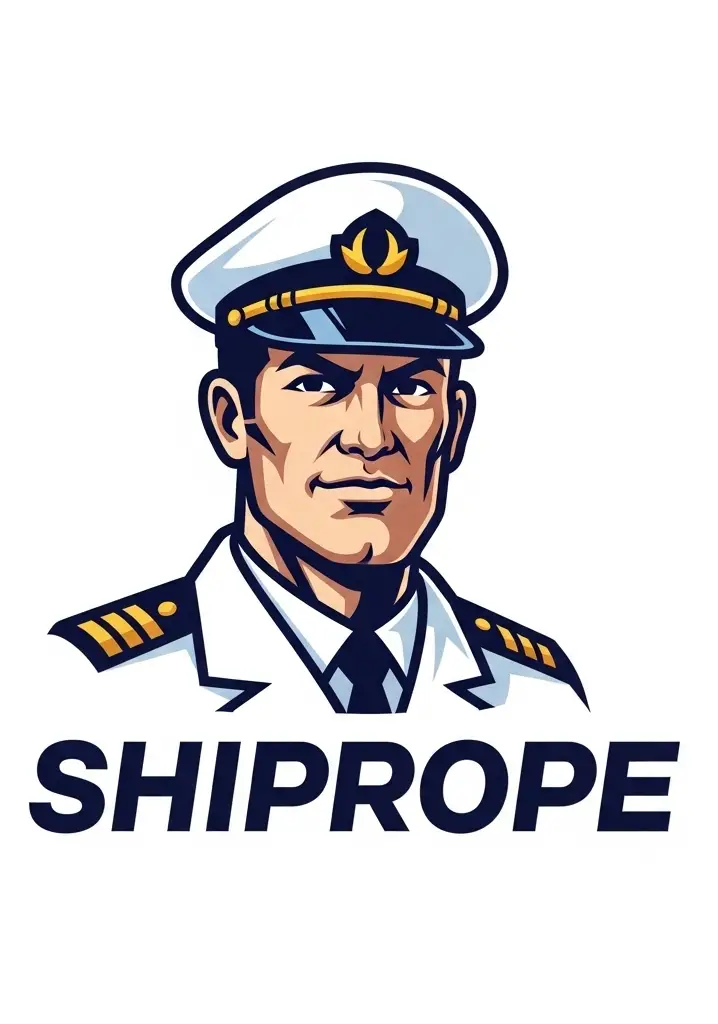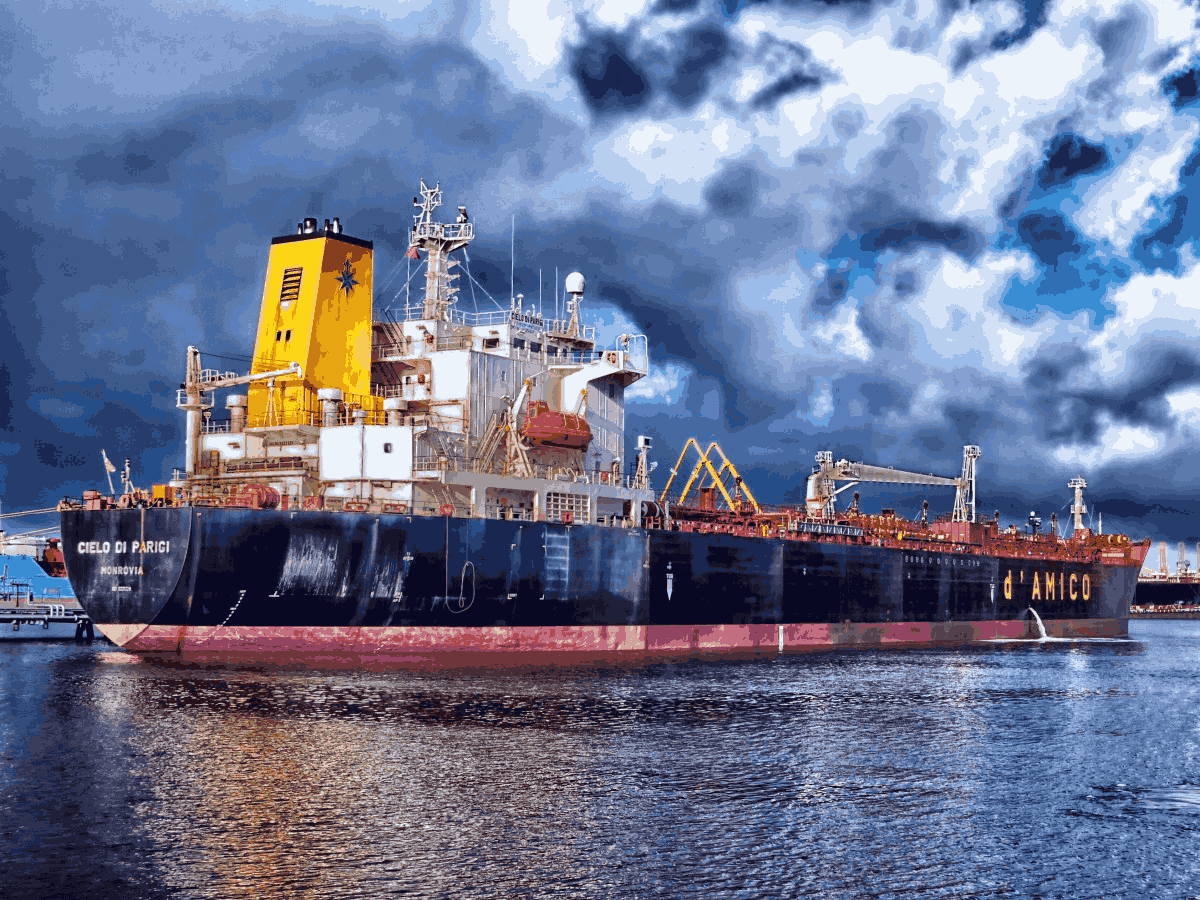Recognizing the Signs of Poorly Maintained Merchant Ships
Merchant ships play a critical role in global trade, connecting countries and ensuring the steady flow of goods. However, behind the scenes of their efficient operation lies a crucial factor — maintenance. A well-maintained ship not only ensures the safety of the crew but also prevents costly disruptions to operations and mitigates potential environmental risks. For maritime industry professionals, ship crews, port state control (PSC) inspectors, and marine engineers, recognizing the early warning signs of a poorly maintained vessel is essential.
This blog will explore the key indicators of neglected merchant ships, discuss the consequences of insufficient maintenance, and offer insights into proactive strategies to ensure optimal ship health.
Signs of Poorly Maintained Merchant Ships
Spotting a poorly maintained merchant ship is not just a technical skill—it’s necessary for ensuring safety and compliance. Here are the clearest signs that a ship may be falling short of proper upkeep.
1. Abnormal Engine Noises and Vibrations
The engine room is often referred to as the heart of the ship. When engines produce unusual noises, vibrations, or irregular sounds, it’s a stark indicator of potential mechanical issues. This could point to problems such as worn-out components, lubrication failures, or misalignments. Such issues not only compromise fuel efficiency but can also lead to more severe malfunctions if left unaddressed.
2. Leaks, Corrosion, or Structural Degradation
Visible signs of rust, corrosion, or structural weakness on the ship’s hull or decks are telltale indicators of neglect. Leaks in pipelines, cargo holds, and ballast tanks also suggest poor maintenance practices. Over time, unchecked corrosion can compromise the ship’s structural integrity, increasing the risk of dangerous failures under stressful conditions, such as rough weather.
3. Malfunctioning or Outdated Navigation and Communication Equipment
Modern maritime operations rely heavily on accurate navigation and effective communication systems. Malfunctioning radars, GPS equipment, or antiquated communication tools can not only impact operational efficiency but also threaten the ship’s safety by increasing the risk of collisions or navigational errors.
4. Neglect in Crew Common Areas
Poor housekeeping in crew quarters, kitchens, and shared spaces is another sign of neglect. Untidy, dirty, or unsafe living conditions reveal a lack of onboard discipline and care, which can negatively affect crew morale and overall operational performance.
5. Failure to Meet Safety and Environmental Regulations
Non-compliance with international safety and environmental standards, such as SOLAS (Safety of Life at Sea) or MARPOL (International Convention for the Prevention of Pollution), is a major red flag. This can include inadequate lifeboats, faulty fire suppression systems, or improper waste disposal practices that impact both safety onboard and the environment.
Consequences of Neglecting Ship Maintenance
The ripple effects of poor maintenance can be catastrophic, far-reaching, and costly. Here’s a closer look at what’s at stake:
1. Increased Risk of Accidents and Breakdowns
Mechanical failures or structural weaknesses can lead to accidents ranging from engine malfunctions to total ship breakdowns or, worse, maritime disasters. The consequences range from collisions to oil spills, endangering human lives and marine ecosystems.
2. Diminished Crew Safety and Morale
A poorly maintained vessel can endanger the crew’s welfare by creating unsafe working conditions. Over time, this fosters dissatisfaction and stress, leading to reduced morale and difficulty retaining skilled personnel.
3. Legal and Financial Liabilities
Ignoring maintenance can result in costly measures such as fines, legal disputes, detentions during inspections, and repairs that could have been more economical if identified earlier. Shipowners may also face lawsuits from environmental regulators or stakeholders in the event of an incident.
4. Damage to Reputation and Business Opportunities
Shipowners and operators that neglect maintenance risk damaging their reputation within the industry. Lost business from clients unwilling to partner with unreliable operators can result in long-term financial losses.
The Role of Regular Inspections and Maintenance
The best line of defense against these risks? Proactive and routine ship maintenance. Here’s why this approach matters:
Enforcing Safety Standards through PSC Inspections
Port state control (PSC) inspections act as a watchdog in the maritime industry, ensuring compliance with global safety standards. Ships that fail these inspections risk being detained, fined, or banned from specific ports. Regular maintenance ensures vessels stay in compliance and avoid these costly outcomes.
Benefits of Proactive Maintenance
Investing in regular inspections and preventative maintenance leads to several key benefits:
- Reduced Downtime: Early identification of potential issues minimizes operational delays.
- Improved Efficiency: Well-maintained engines and systems reduce fuel consumption, lowering operational costs.
- Enhanced Safety: Ensuring compliance with safety protocols creates a safe working environment for the crew and mitigates risks to human life and the environment.
Best Practices for Ship Maintenance
Adopting industry best practices can ensure that your fleet operates smoothly:
- Conduct periodic, condition-based maintenance instead of relying solely on reactive measures.
- Consistently update navigation and communication equipment to the latest standards.
- Utilize advanced monitoring systems that can detect anomalies in real time.
Real-Life Lessons from Neglect and Maintenance
No discussion on poorly maintained ships is complete without understanding the real-life consequences—and successes—of maintenance decisions.
Accidents and Disasters
A glaring example is the 2002 Prestige oil spill off the coast of Spain. Corrosion in the ship’s structure led to a rupture, releasing 63,000 metric tons of oil into the ocean. This tragedy could have been avoided with stricter maintenance and compliance measures.
Success through Timely Maintenance
On the flip side, timely maintenance on the famous Emma Maersk ensured the ship continued operations seamlessly after an engine failure in 2013. Proactive inspections and immediate repair work showcased the benefits of prioritizing safety and efficiency.
Why Maintenance Should Be a Top Priority for All Stakeholders
Effective ship maintenance is not merely about compliance—it’s about safety, sustainability, and operational excellence. Crews, shipowners, marine engineers, and the broader maritime industry all have a role to play in establishing a culture of proactive maintenance and safety.
By addressing even minor maintenance issues early, companies can avoid significant setbacks, protect their crew, build strong reputations, and maintain competitive positions in a highly dynamic industry.
Further Support for Maritime Professionals
Maintenance is a collaborative process where knowledge is key. Organizations such as the International Maritime Organization (IMO) and local maritime authorities provide extensive resources to support maintenance initiatives. Consider exploring their guides and courses to ensure your fleet stays in top condition.
For expert advice or further industry insights, feel free to reach out to us—together, we can foster safer seas and more efficient maritime operations.

